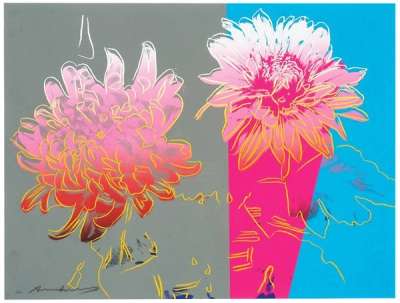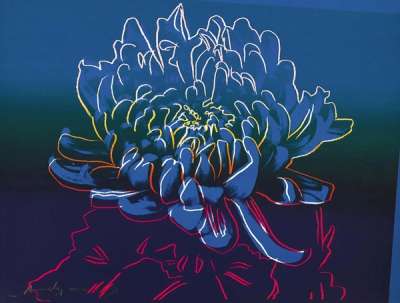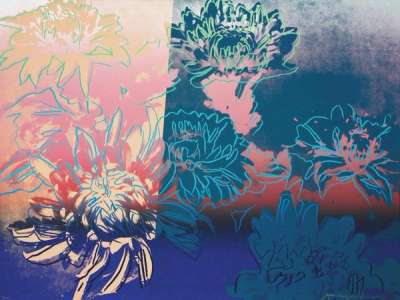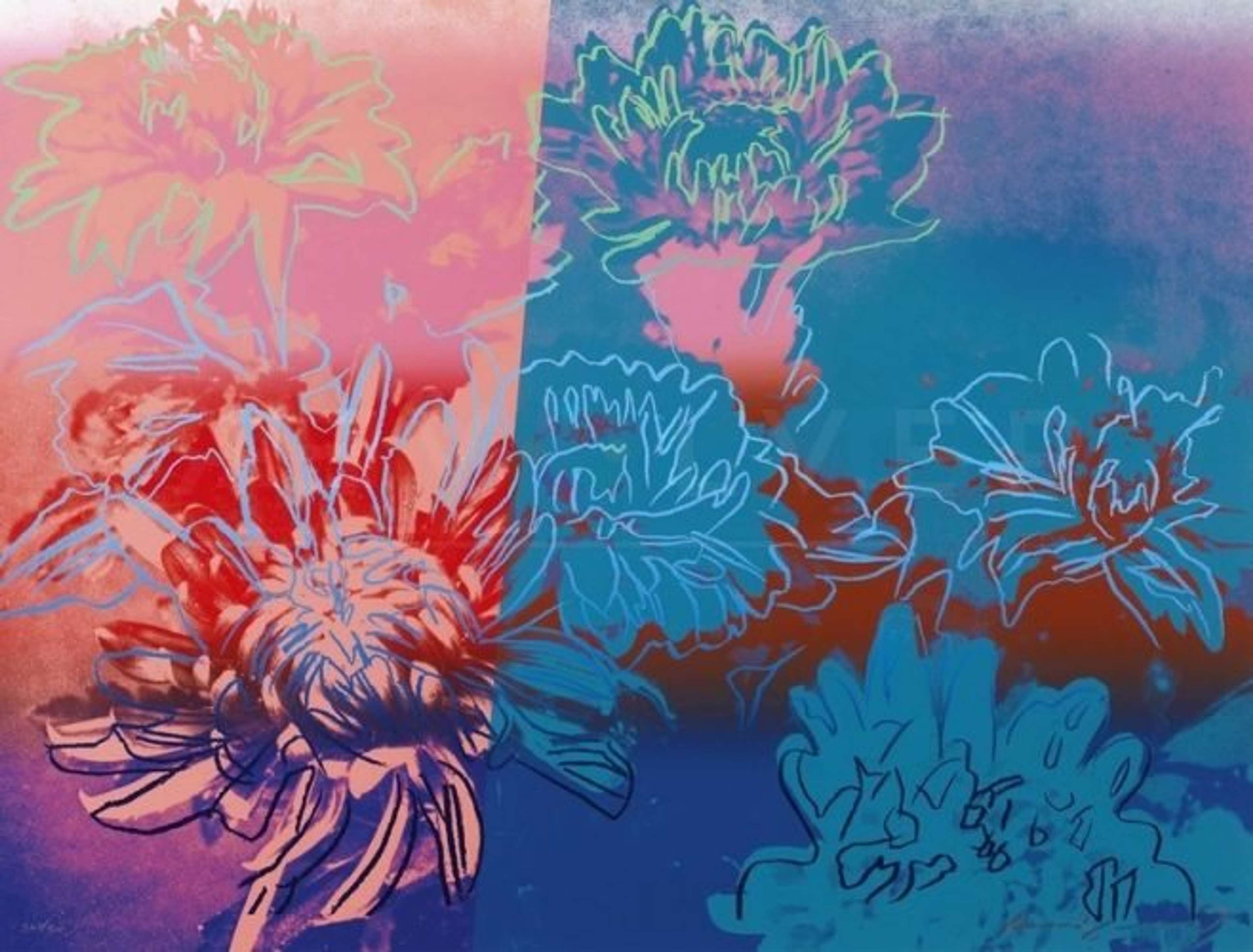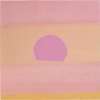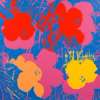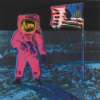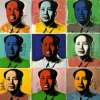Kiku
Andy Warhol’s Kiku (1983) portfolio, Japanese for Chrysanthemum, was commissioned by Fujio Watanuki—patron of the arts and the Japanese avant-garde, and founder of the Gendai Hanga Center in Tokyo. The three Kiku prints are unusually small in scale, suited to the conventional size of Japanese living spaces.
Andy Warhol Kiku For sale
Kiku Value (5 Years)
Works from the Kiku series by Andy Warhol have a strong market value presence, with 115 auction appearances. Top performing works have achieved standout auction results, with peak hammer prices of £117970. Over the past 12 months, average values across the series have ranged from £9316 to £53203. The series shows an average annual growth rate of 14.34%.
Kiku Market value
Auction Results
| Artwork | Auction Date | Auction House | Return to Seller | Hammer Price | Buyer Paid |
|---|---|---|---|---|---|
Kiku (complete set) Andy Warhol Signed Print | 22 Oct 2025 | Phillips New York | £34,000 | £40,000 | £50,000 |
 Kiku (F. & S. II.307) Andy Warhol Signed Print | 12 Jul 2025 | SBI Art Auction | £7,650 | £9,000 | £10,500 |
 Kiku (F. & S. II.309) Andy Warhol Signed Print | 25 Jun 2025 | Bonhams New Bond Street | £11,900 | £14,000 | £18,000 |
 Kiku (F. & S. II.308) Andy Warhol Signed Print | 22 Oct 2024 | Mainichi Auction, Osaka | £14,450 | £17,000 | £20,000 |
Sell Your Art
with Us
with Us
Join Our Network of Collectors. Buy, Sell and Track Demand
Meaning & Analysis
A series studying the Chrysanthemum flower, or in Japanese, Kiku, Warhol created 300 screen print portfolios of this motif in 1983. In 1983, Fujio Watanuki, a longstanding supporter of the Japanese avant-garde and founder of the Gendai Hanga Center in Tokyo, invited Warhol to create a new body of work inspired by Japanese flowers. The result is Kiku, a stunning series that centres on the chrysanthemum flower, or Kiku in Japanese. Warhol created 300 screen print portfolios with three prints in each portfolio. The artist also experimented with different colours and collaged layouts, resulting in unique pieces that did not form part of the final portfolio. The works were made in a uniquely small scale in order to suit the conventional size of Japanese living spaces.
The series is pure Pop Art as it unites the artist’s interests in repetition, bold graphic iconography and everyday imagery. Warhol went on to return to the subject of the flower in works such as Flower for Tacoma Dome and Daisy.
